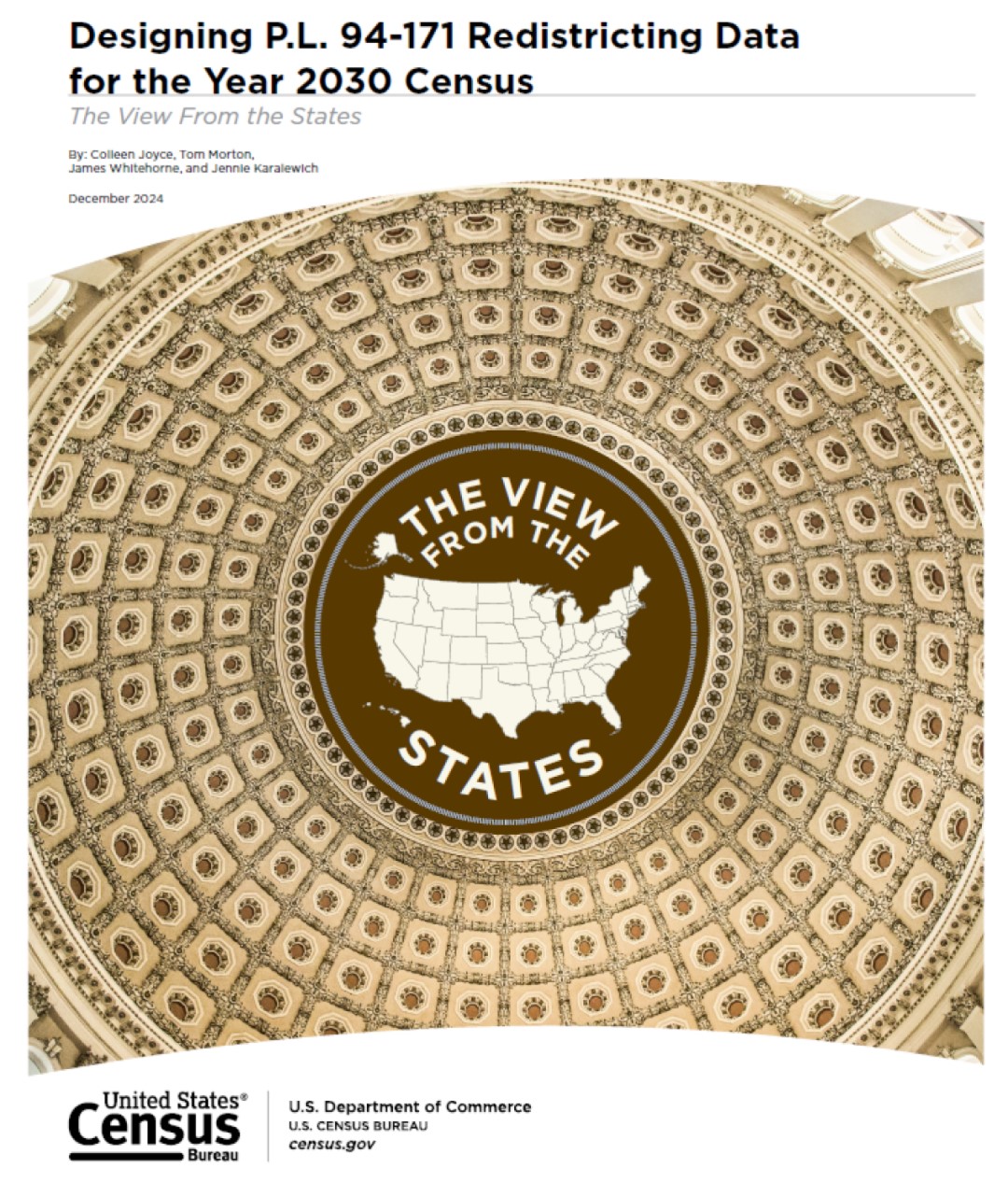Redistricting Data Program Management
Redistricting Data Program Management
The Census Redistricting Data Program
Required by law, the Redistricting Data Program provides states the opportunity to specify the small geographic areas for which they wish to receive decennial population totals for the purpose of reapportionment and redistricting.
Under the provisions of Title 13, Section 141(c) of the United States Code (U.S.C.), the Secretary of Commerce (Secretary) is required to provide the ‘‘officers or public bodies having initial responsibility for the legislative apportionment or districting of each state ...’’ with the opportunity to specify geographic areas (e.g., blocks, voting districts) for which they wish to receive decennial census population counts for the purpose of reapportionment or redistricting. By April 1 of the year following the decennial census, the Secretary is required to furnish the state officials or their designees with population counts for American Indian areas, counties, cities, census blocks, and state-specified congressional, legislative, and voting districts.
These tabs provide information, by decennial census, about the materials and processes for participation by the state appointed non-partisan liaisons to the program.
2030 Census
The 2030 Census Redistricting Program
The 2030 Census Redistricting Data Program provides states the opportunity to delineate voting districts and to suggest census block boundaries for use in the 2030 Census redistricting data tabulations (Redistricting Data [Public Law 94-171] Summary File). The program is also responsible for the delivery of those tabulations to the states, statutorily required by one year from Census Day (i.e., delivery by April 1, 2031). Each state appoints a non-partisan liaison who serves as the Census Bureau's point of contact throughout all phases of the program. The program ensures continued dialogue with the states about 2030 Census planning, thereby allowing states ample time for their planning, response, and participation. In addition, the Redistricting Data Program periodically collects state legislative and congressional district boundaries, when they are changed by the states through redistricting.
Establishment of the 2030 Census Redistricting Program
The final phase of the 2020 Census Redistricting Program was a thorough review and evaluation of the 2020 Redistricting Data Program. The results of that evaluation are presented in Designing P.L. 94-171 Redistricting Data for the Year 2030 Census: The View from the States, a report which is intended to provide guidance in planning the 2030 Census Redistricting Data Program.
Federal Register Notice Announcing the 2030 Redistricting Data Program
Plans for the 2030 Redistricting Data Program were announced in the Federal Register on July 9, 2024.
The 2030 Redistricting Data Program will have five phases:
For more information regarding the Redistricting Data Program:
- Call the Redistricting Data Program staff at (301) 763-4039 or email [email protected].






